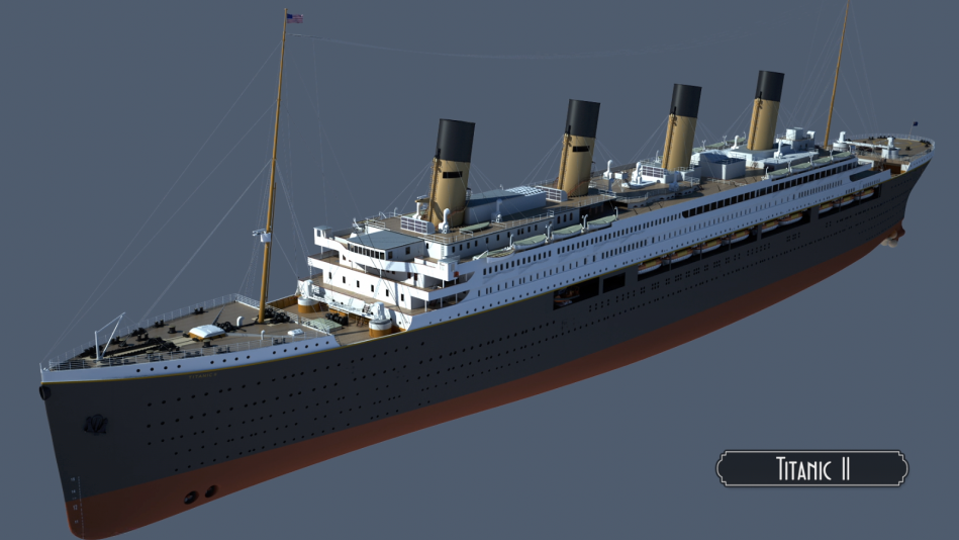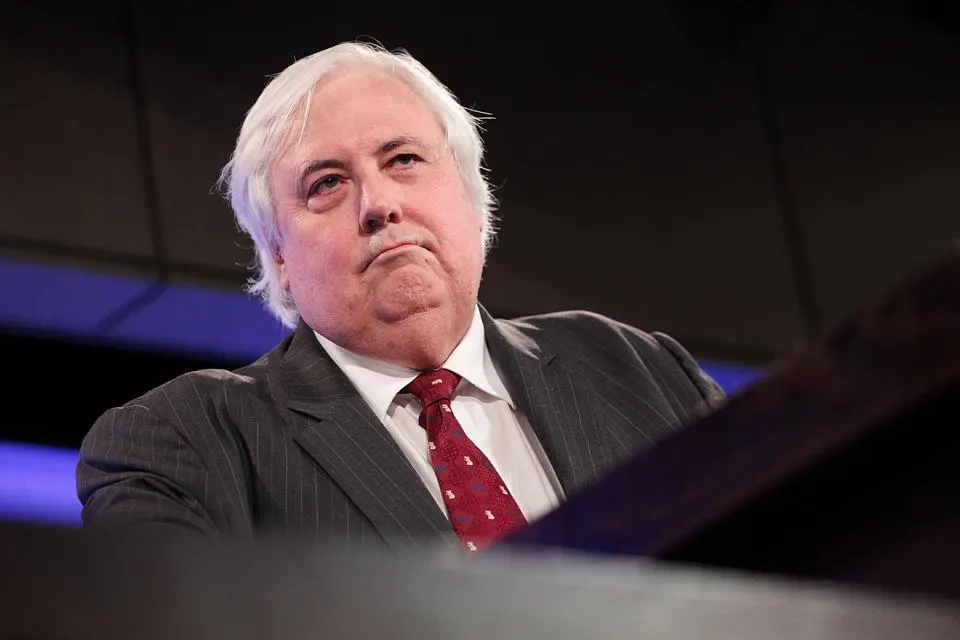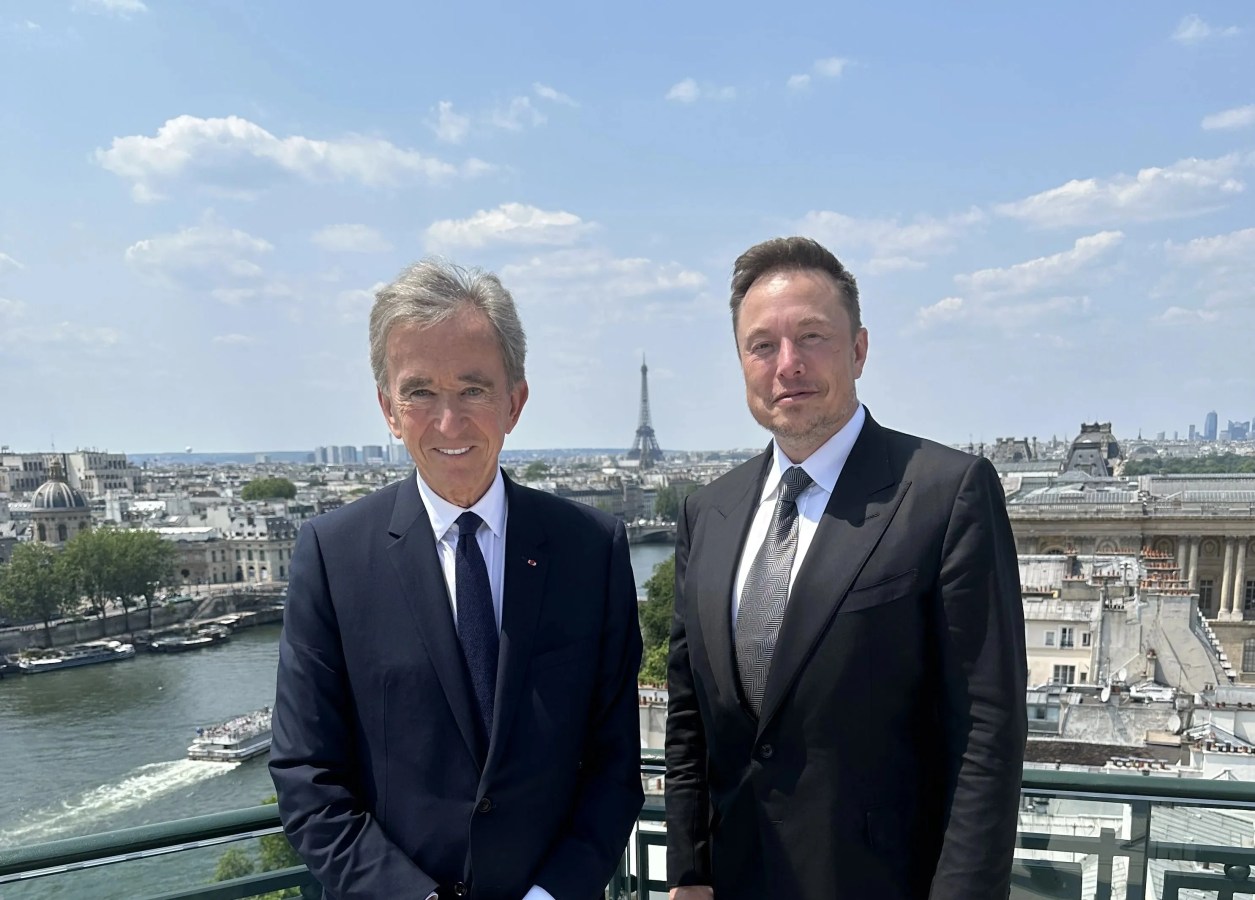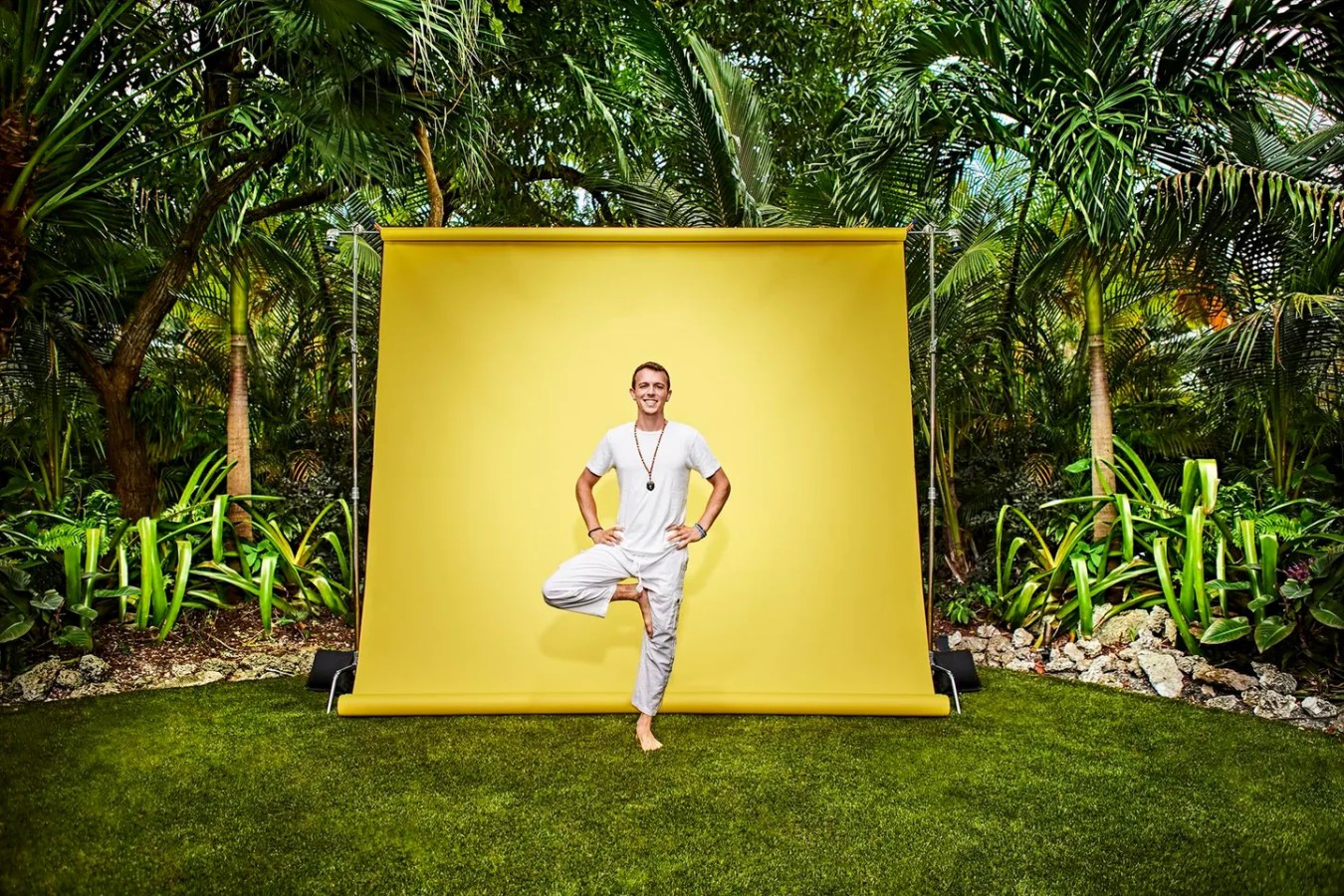A mining billionaire and former member of the Australian parliament has again relaunched his plan to build a replica of the Titanic that is “far, far superior than the original” and will carry passengers around the world in “style and luxury.”

The Titanic II replica ship imagined by billionaire Clive Palmer.
Blue Star Line
Key Takeaways
- Clive Palmer, Australia’s 13th richest person, this week held a press conference in Sydney to say his dream of building a ship called the Titanic II is alive and well, and he plans to secure a shipyard and start building the vessel early next year.
- Palmer, who has already started and stopped the Titanic II project twice before, said the plan is more real than ever before because “I’ve got more money now,” the Guardian reported.
- Plans for the ship from Palmer’s company Blue Star Line would essentially recreate the exact ship that sank in 1912, including the famous grand staircase, a smoking room, theater, casino and dining rooms for passengers of various classes, including a third-class cafeteria that will serve stew and mash at long tables for those interested in the most authentic experience.
- A comprehensive 3D rendering of the ship and its nine decks shows plans to build 835 cabins—383 for first class, 201 for second class and 251 third-class rooms—and the 2,345 passengers on board would be encouraged, but not required, to dress for the early 1900s.
- The maiden voyage of the Titanic II, scheduled for June 2027, would retrace the steps of its predecessor and sail from Southampton, England to New York.
- Ticket prices for a trip on the Titanic II have not been announced.
Big Number
$500 million to $1 billion. That’s how much Palmer expects it will cost to build the 56,000-ton Titanic II, according to the Guardian.
Crucial Quote
“So I could do the Titanic. I’m gonna do it,” Palmer reportedly said. “It’s a lot more fun to do the Titanic than it is to sit at home and count my money.”

Forbes Valuation
Palmer, 69, is worth an estimated $4.3 billion as of Thursday. He is the 13th-richest person in Australia. Palmer started Mineralogy, an Australian mining company, in 1984 and now has a portfolio that includes Waratah Coal and Queensland Nickel.
Palmer owns iron ore tenements in Western Australia that are mined by Hong Kong-based Citic Ltd, and his fortune soared several years ago when a court dispute with Citic ended in Palmer’s favor—resulting in a generous flow of royalties. Disputes between Mineralogy and Citic are ongoing.
In addition to the mining business, Palmer is a real estate investor and politician. He was a member of the Australian parliament from 2013 to 2016 and has been a large donor to various national campaigns. He founded the United Australia Party, which was registered in 2018 and campaigned for bans on lockdowns and vaccine mandates amid the Covid pandemic. The party was deregistered in 2022.
Related
Key Background
Palmer first announced plans for the Titanic II project in 2012 but it was called off in 2015 amid the dispute with Citic, which the Guardian said “starved” the project of the funding it needed. Three years later, Titanic II was relaunched but called off again, a move Palmer this week blamed on the pandemic and cruise industry shutdowns. This time around, the project has partners in ship design and marine engineering company Deltamarin, V.Ships Leisure and Tillberg Design, the company behind ocean liners Queen Elizabeth 2 and Queen Mary 2.
Deltamarin is reviewing the plan for the project to ensure it complies with modern-day safety and construction regulations. The onboard experience will be authentic, Blue Star Line says, but modernizations behind the scenes will include upgrades to navigation technology and modern safety procedures. The ship will have a diesel engine but still feature four smoke stacks like the original, coal-powered Titanic.
Tangent
While Blue Star Line hasn’t provided specific route details Titanic II will undertake after its maiden voyage, the ship is physically smaller than the majority of today’s trans-Atlantic cruisers but largely on par when it comes to capacity. Celebrity Cruises, for example, has more than a dozen ships that sail on ocean-crossing voyages that have capacities between 2,158 passengers and 3,400. The same is true of Carnival and Royal Caribbean cruise liners. Cunard, known for its trans-Atlantic crossings and operator of the Queen Mary 2, mostly sails ships with a capacity between 2,081 and 2,996. Plans call for the Titanic II to be 882 feet long and 105.6 feet wide. Today’s largest cruise ship, the Icon of the Seas, is 1,197 feet long and 213 feet across, twice as wide as the Titanic II. The Queen Mary 2 is 1,132 feet long and 135 feet wide.
This article was first published on forbes.com.



